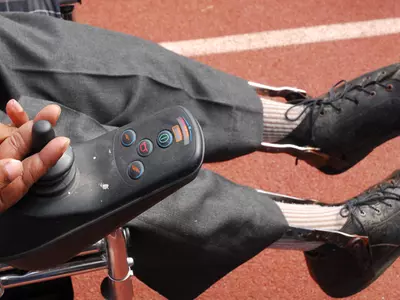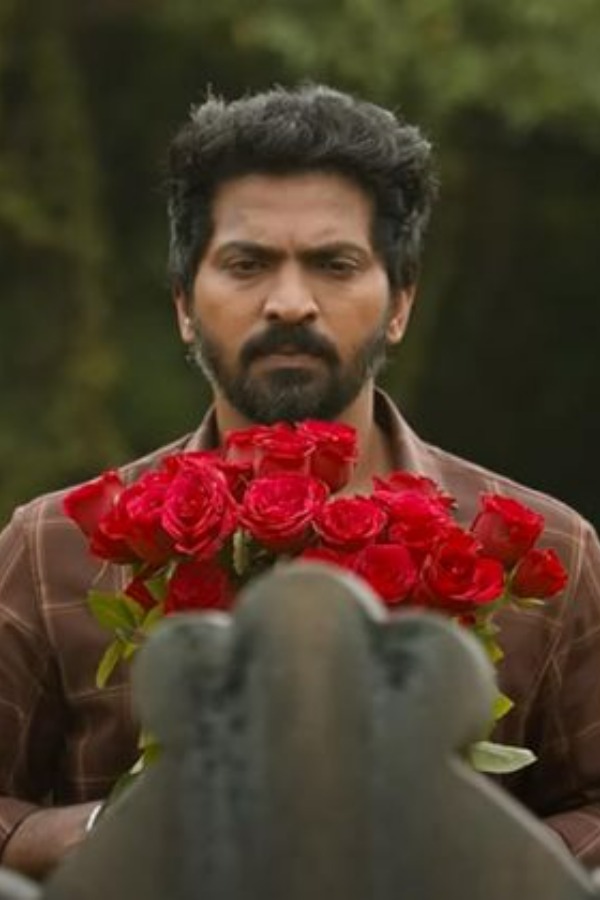This Bengaluru IT Firm Shows The Way By Hiring Professionals With Multiple Disabilities

BENGALURU: Deepa Narasimhan is tetraplegic. Paralyzed from the neck down and able to move only her thumbs, Deepa steers herself confidently in her motorized wheelchair around the room where EMC Corporation's new joinees are familiarizing themselves with the technology they require to fulfil diverse roles within the organization. They have been hired as software developers, finance analysts, delivery specialists, operations analysts, web designers and accountants at this leading MNC in cloud computing, big data and information security.
They all live with profound, multiple disabilities - from paraplegia and tetraplegia to cerebral palsy, muscular dystrophy and severe vision and speech impairments. But not one of them is defined by his or her disabilities. As the head of EMC's DERG (Disability Empowerment Resource Group) programme, Deepa is as much a facilitator in the induction of the new joinees as an inspiration. "When I joined here six years ago, we were just starting off on the path to greater diversity at the workplace," says Deepa. The Redefine Abilities programme, under which the recruits were hired, started late last year when the company enlisted the help of the non-profit organization Enable India to pick individuals who could be part of the one-year internship programme for people with severe and multiple disabilities. Of the 12 who initially joined, nine are now on company rolls. The company also started training and spreading awareness among other employees to assist their special colleagues.
The recruits have "buddies", team-members who will assist them. Ghousiya Nishat is a project coordinator with EMC's Professional Services department, and her colleague Gayathri Shenoy, a project manager in the same department, is helping her settle in. Ghousiya has muscular dystrophy and is tetraplegic - she has full-body paralysis. She also has low vision. "Initially, I gave her smaller targets. But she finished in a few days the work I'd planned to assign to her over three months. Now the challenge for me is to find more challenging work for her," says Shenoy. Ghousiya uses voice commands to do her work on a specially fitted PC that has an advanced speech-recognition software. She also uses a screen magnifier to help read text on her screen.
Technological support systems are very important for the recruits. With the help of Enable India, the company has sourced top-notch software and hardware so that they can work around their disabilities efficiently. For instance, Pradeep Sinha has the same disabilities as Helen Keller - severe vision, verbal and auditory impairment. Sitting in front of a special keyboard, Pradeep communicates mainly through two assistive technologies: Refreshable Braille Display (those who cannot use a computer monitor can use it to read text output) and a Screen Reader. Pradeep can also read and respond to text messages through a braille phone. He is part of the Professional Services team at EMC and is a delivery specialist. The company has also set up home offices so that most recruits need not come in to the EMC campus every day. They are all in business-critical roles, says Deepa.
"We have done intensive job-testing to fit each intern to a role they can perform efficiently as well as enjoy," says Muthuraj, from Enable India, who along with a team of helpers and interpreters, is assisting the interns through their first few months. "While we at Enable India help disabled people learn new technologies for them to gain employment, this is a truly exceptional programme - possibly the first of its kind in India," adds Muthuraj. To put that in perspective, only 2% of India's disabled population is formally employed in organized sectors. Of that, those profound and multiple disabilities who have gained employment is virtually nil - and that's the statistic Enable India and EMC are trying to change.

























